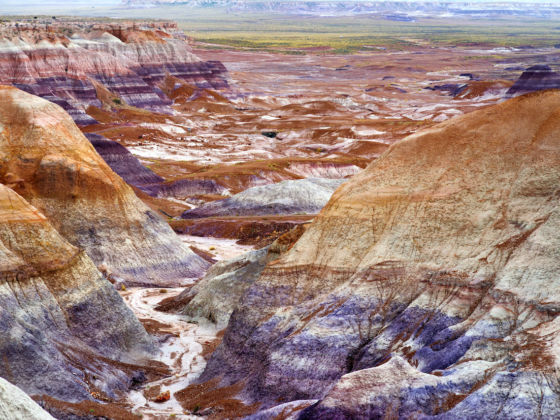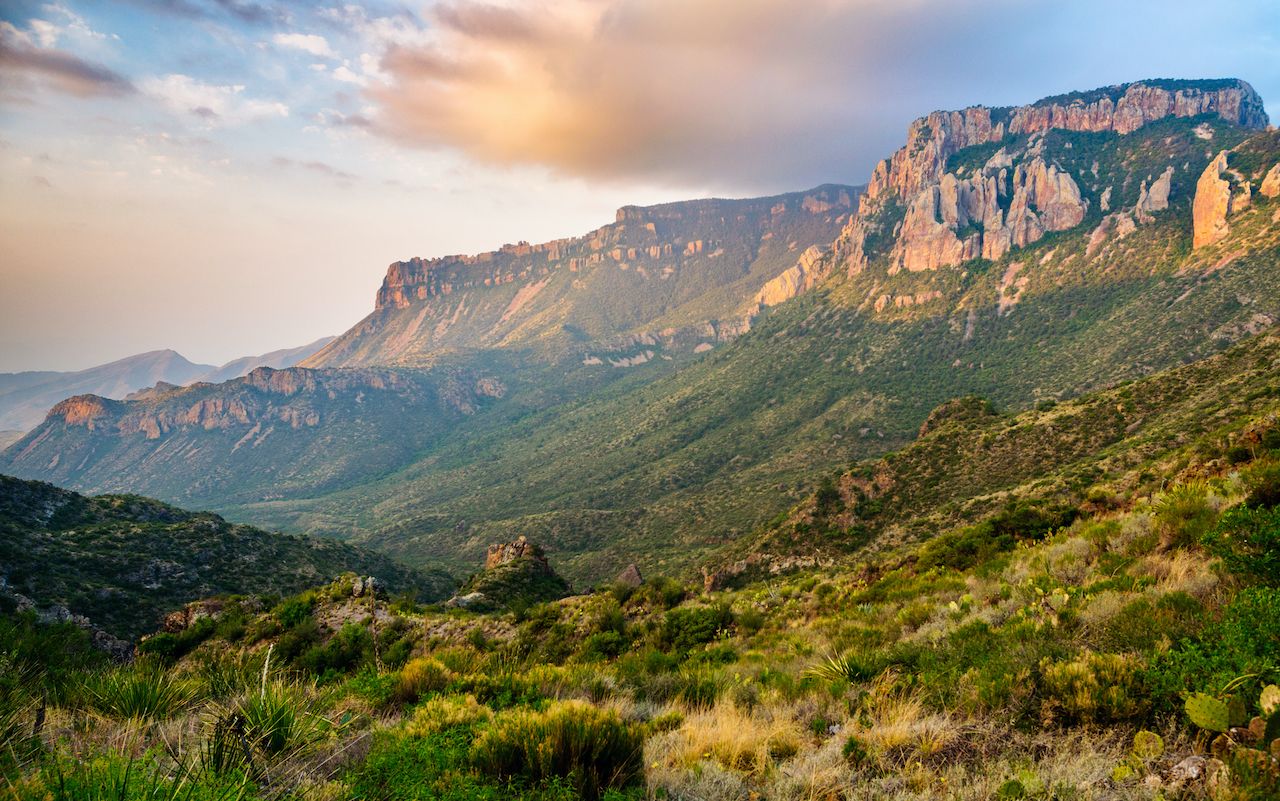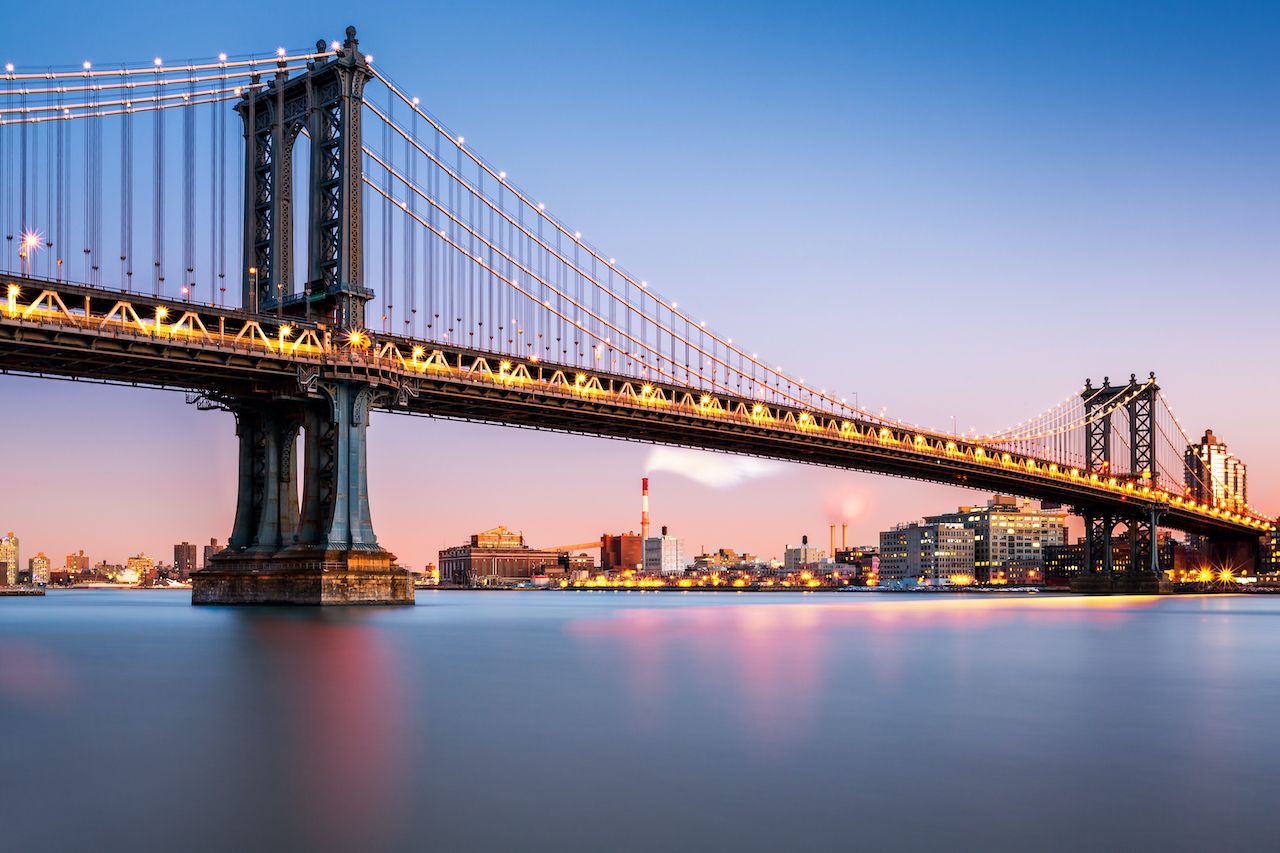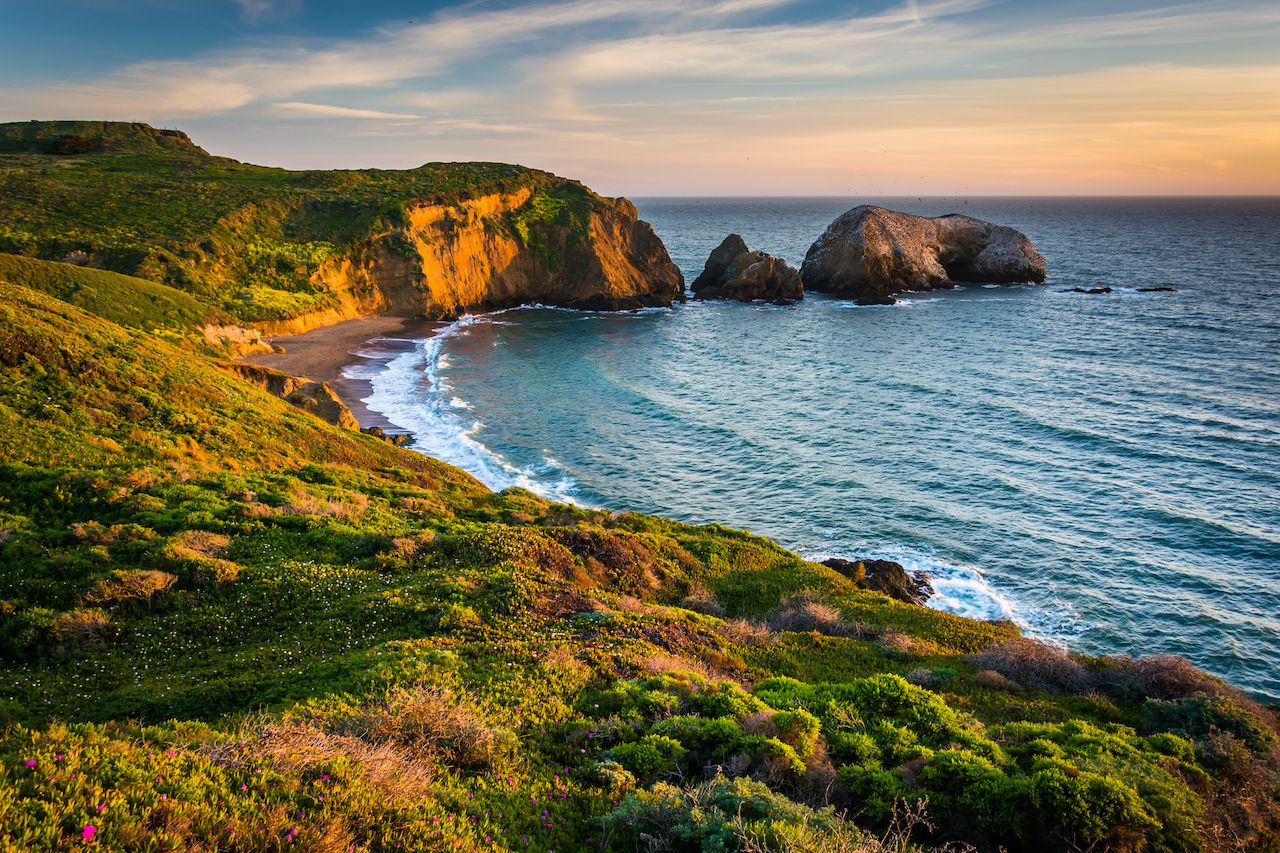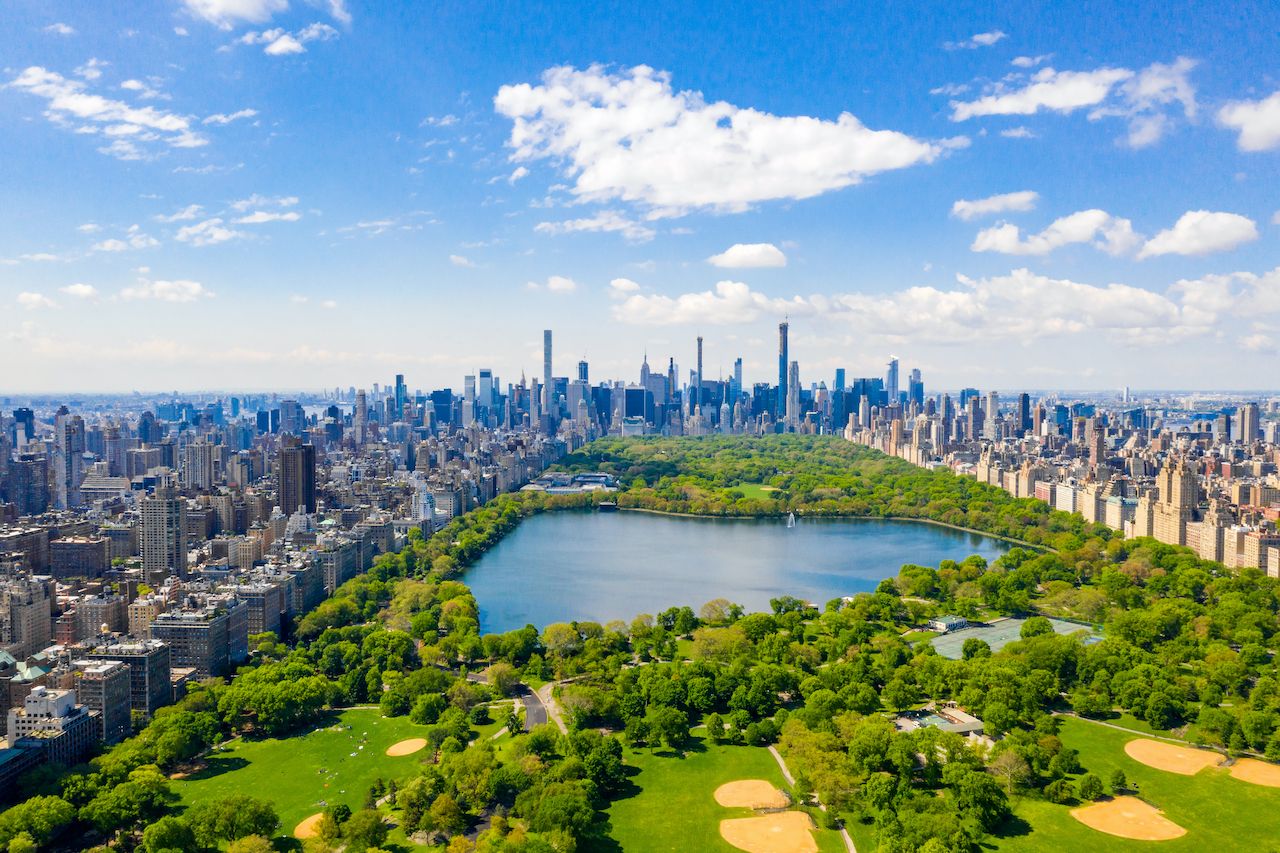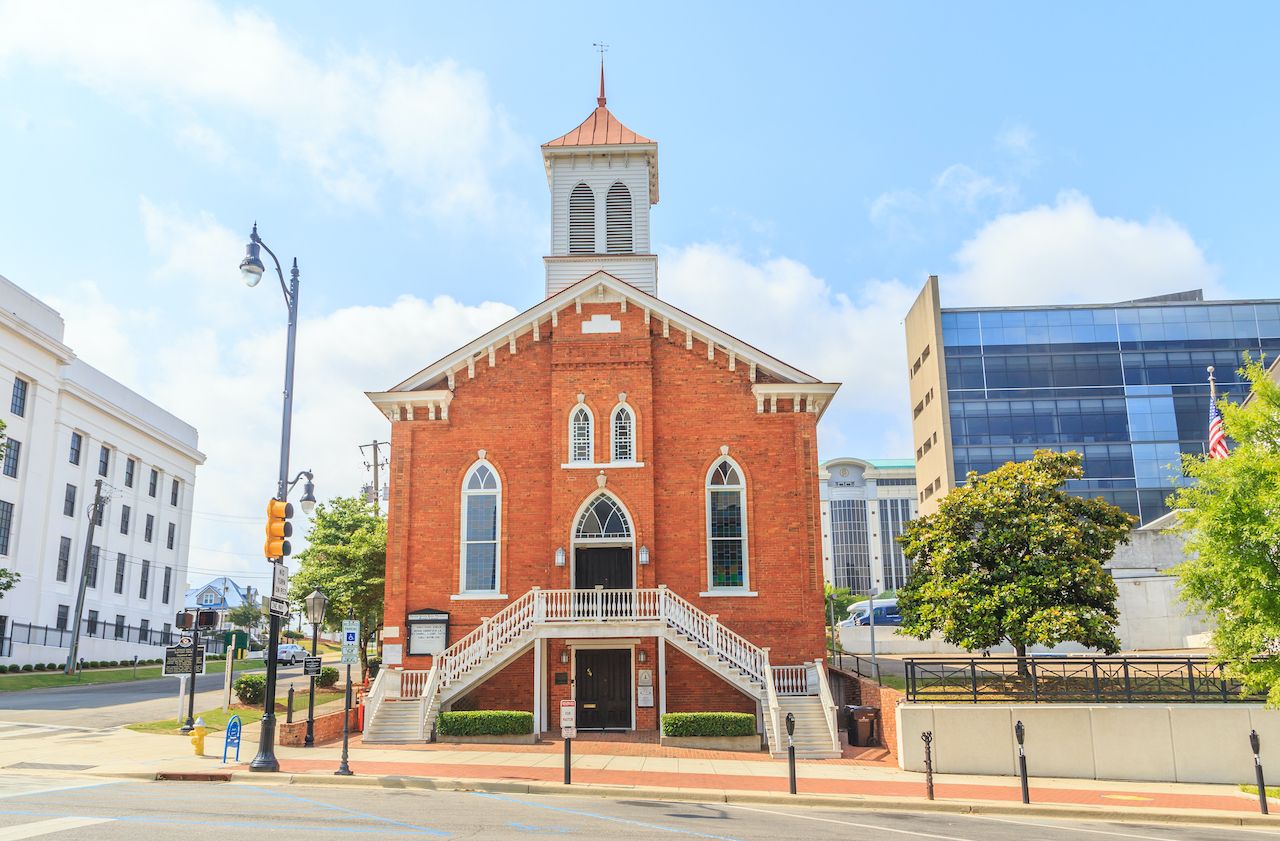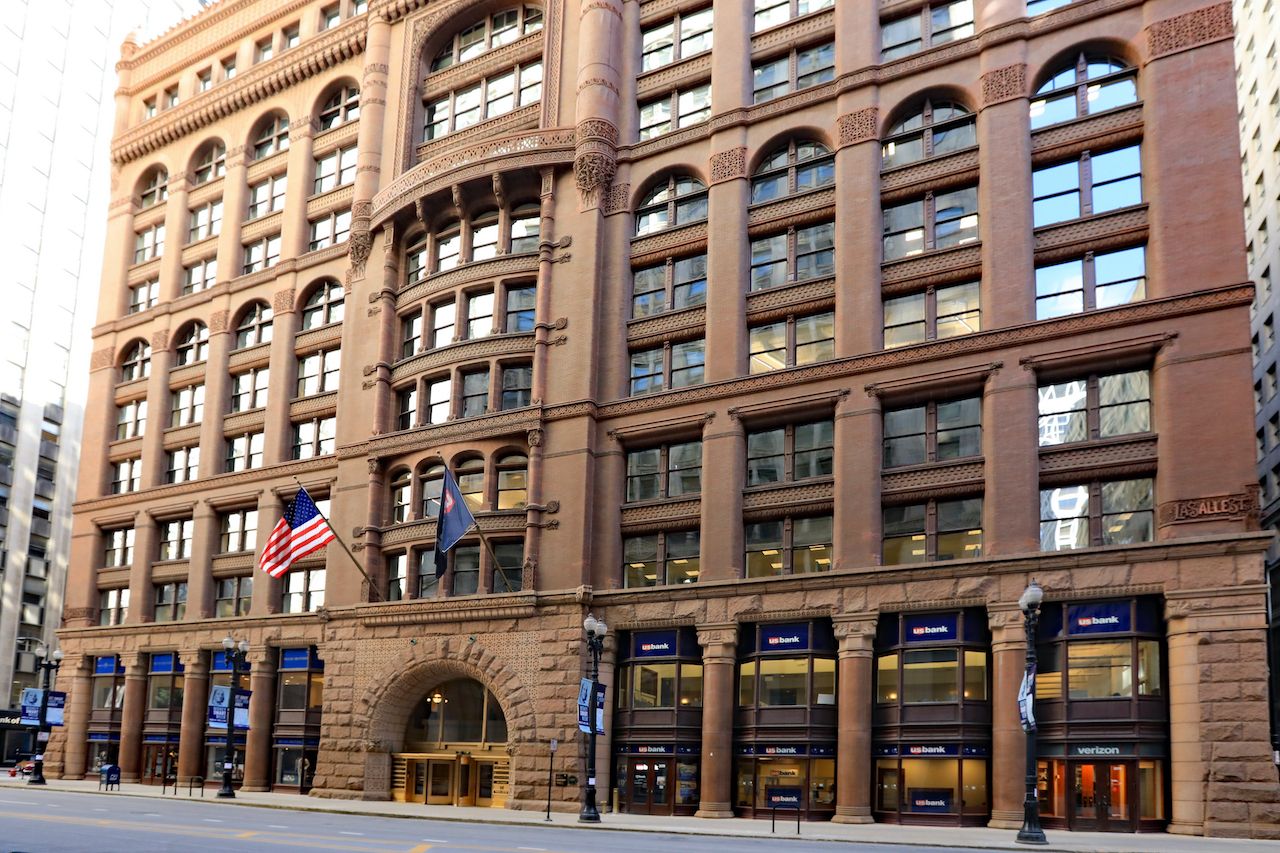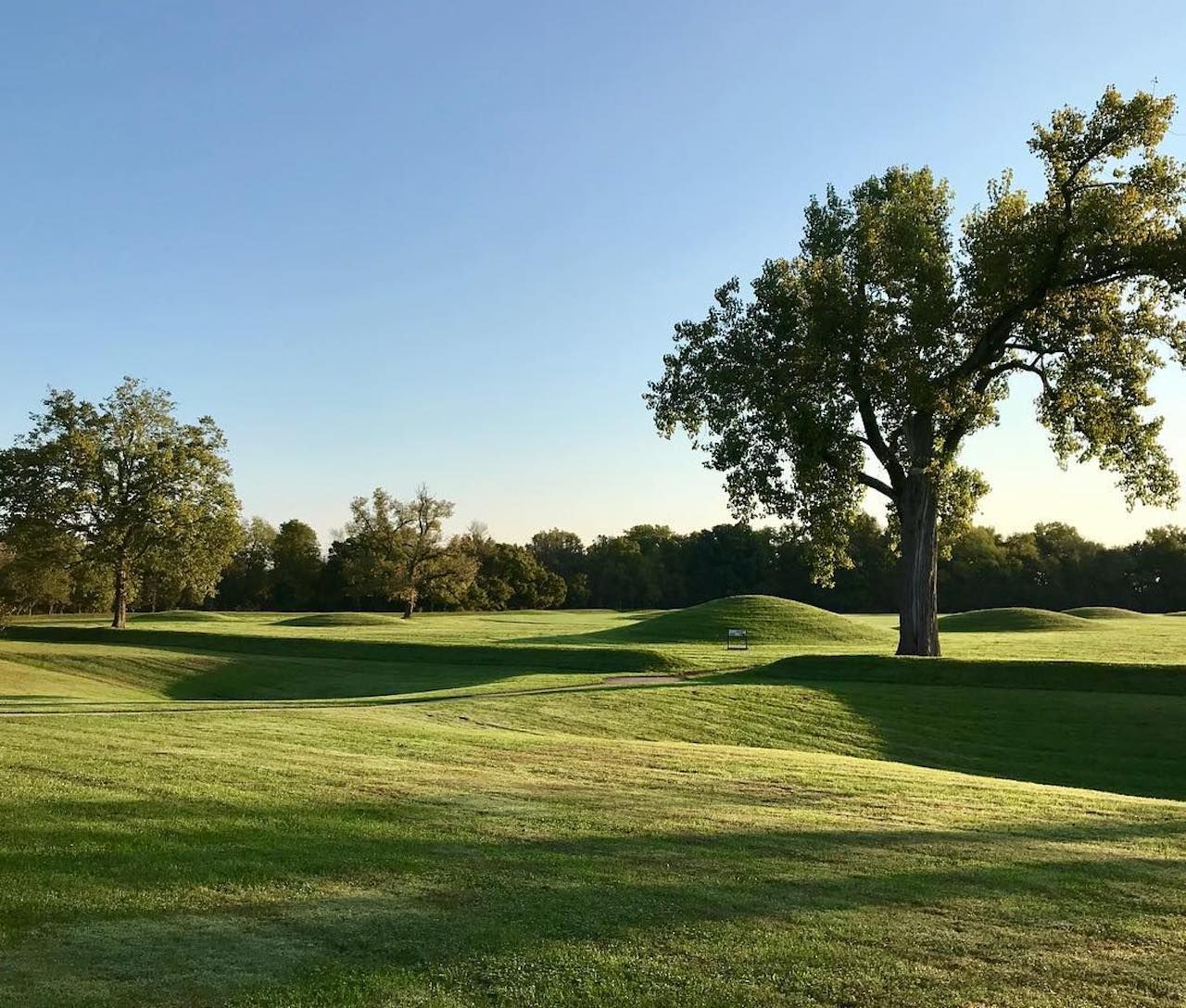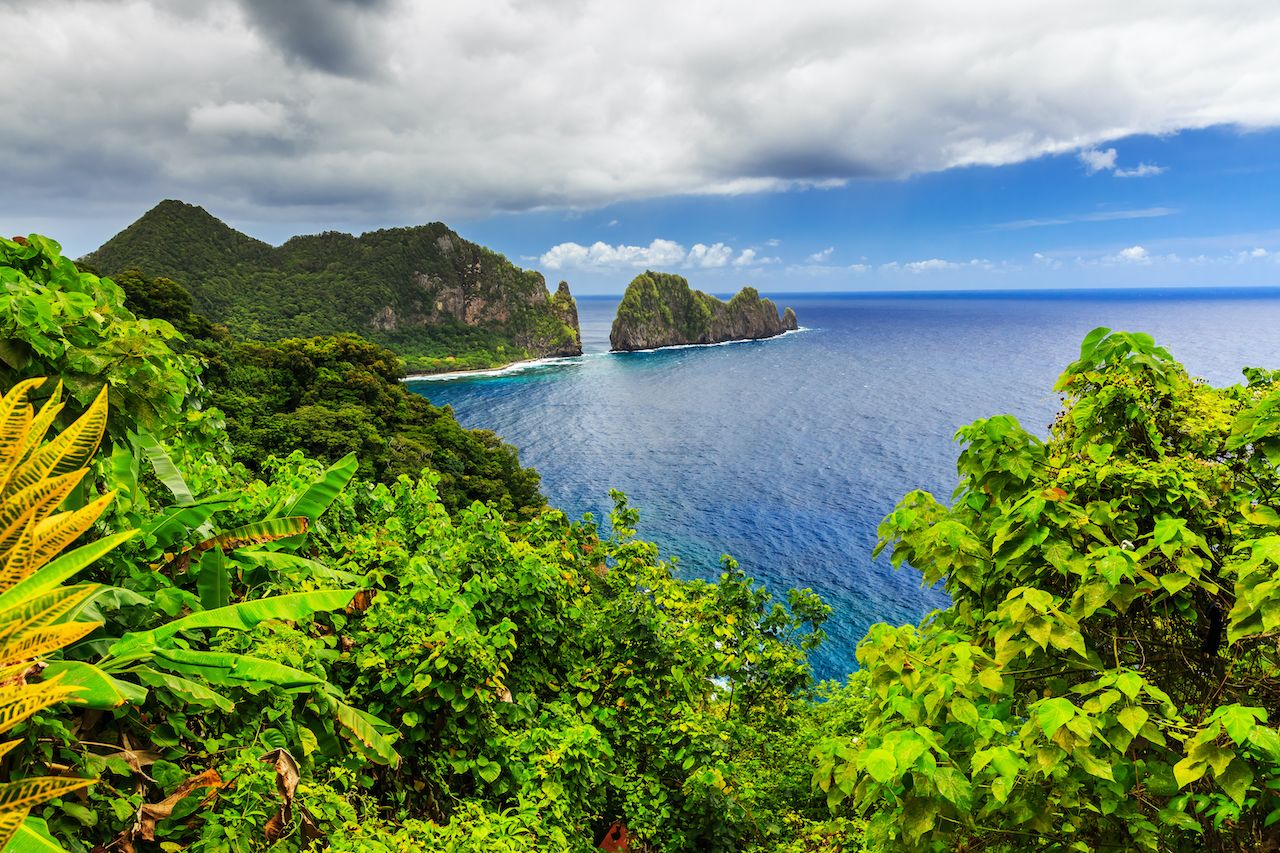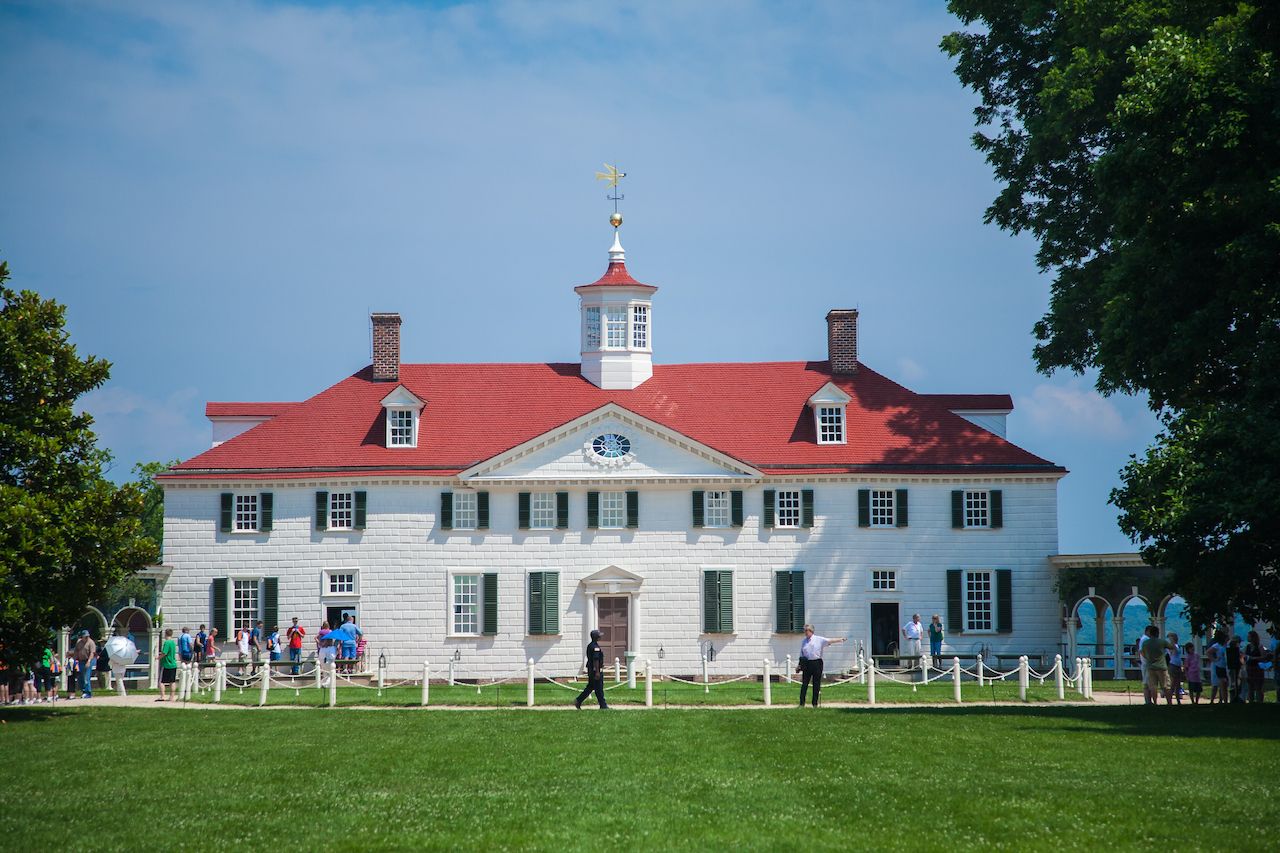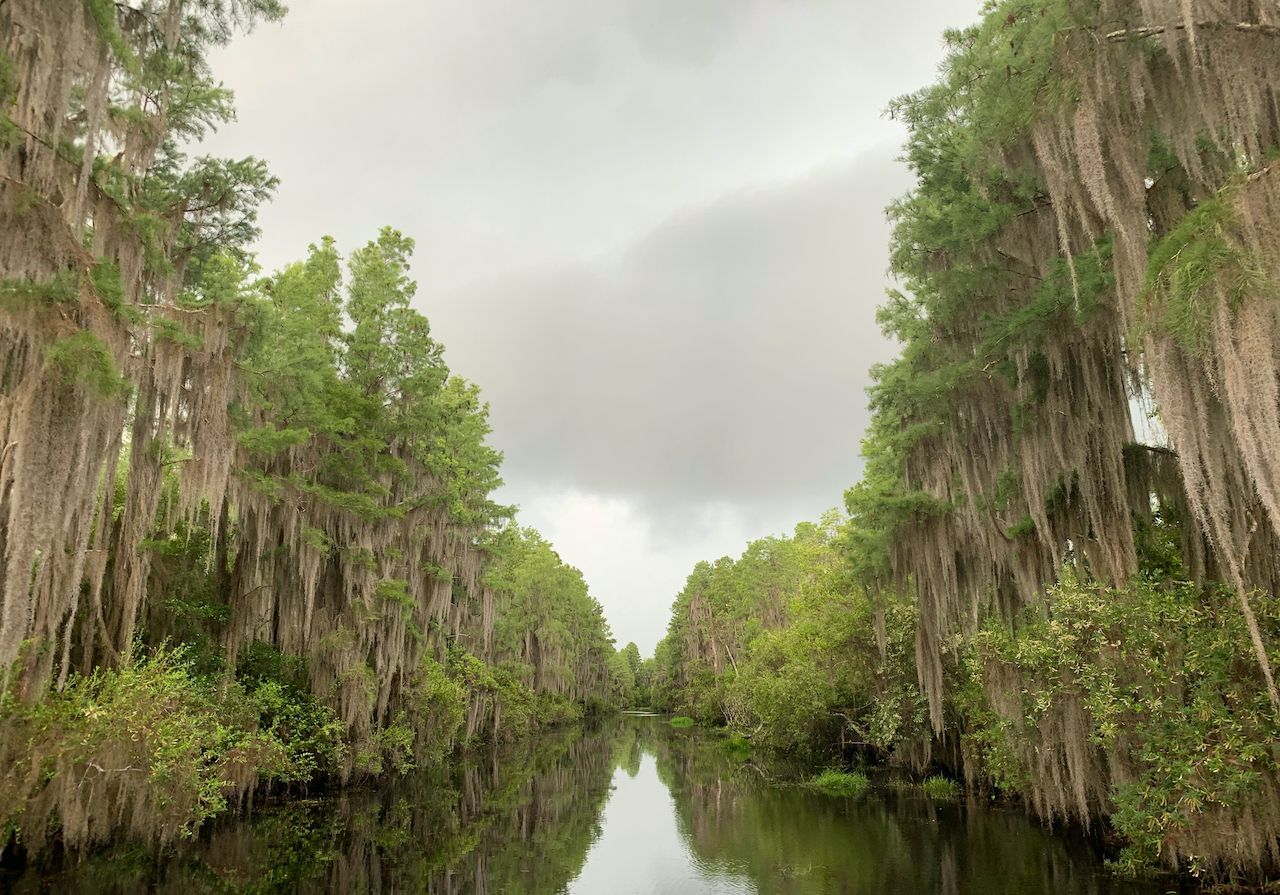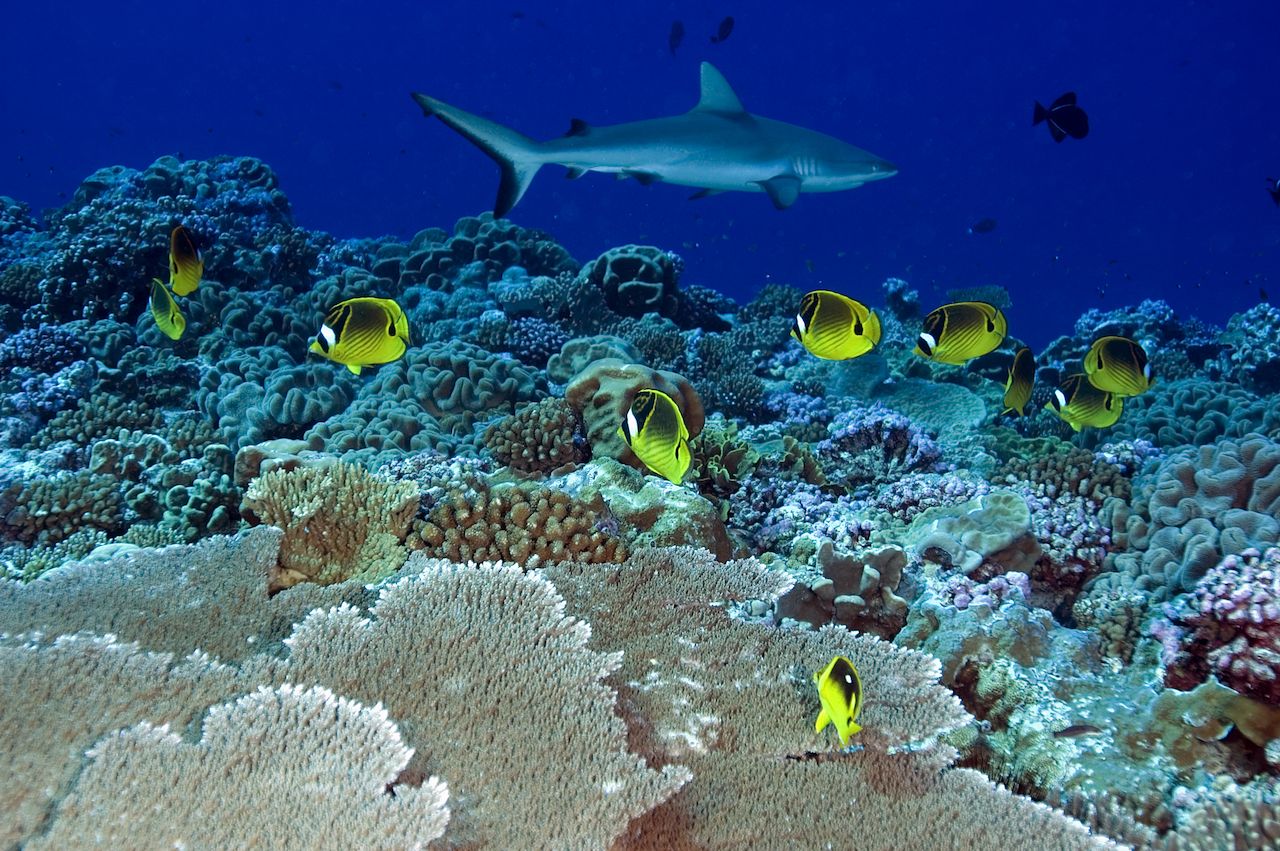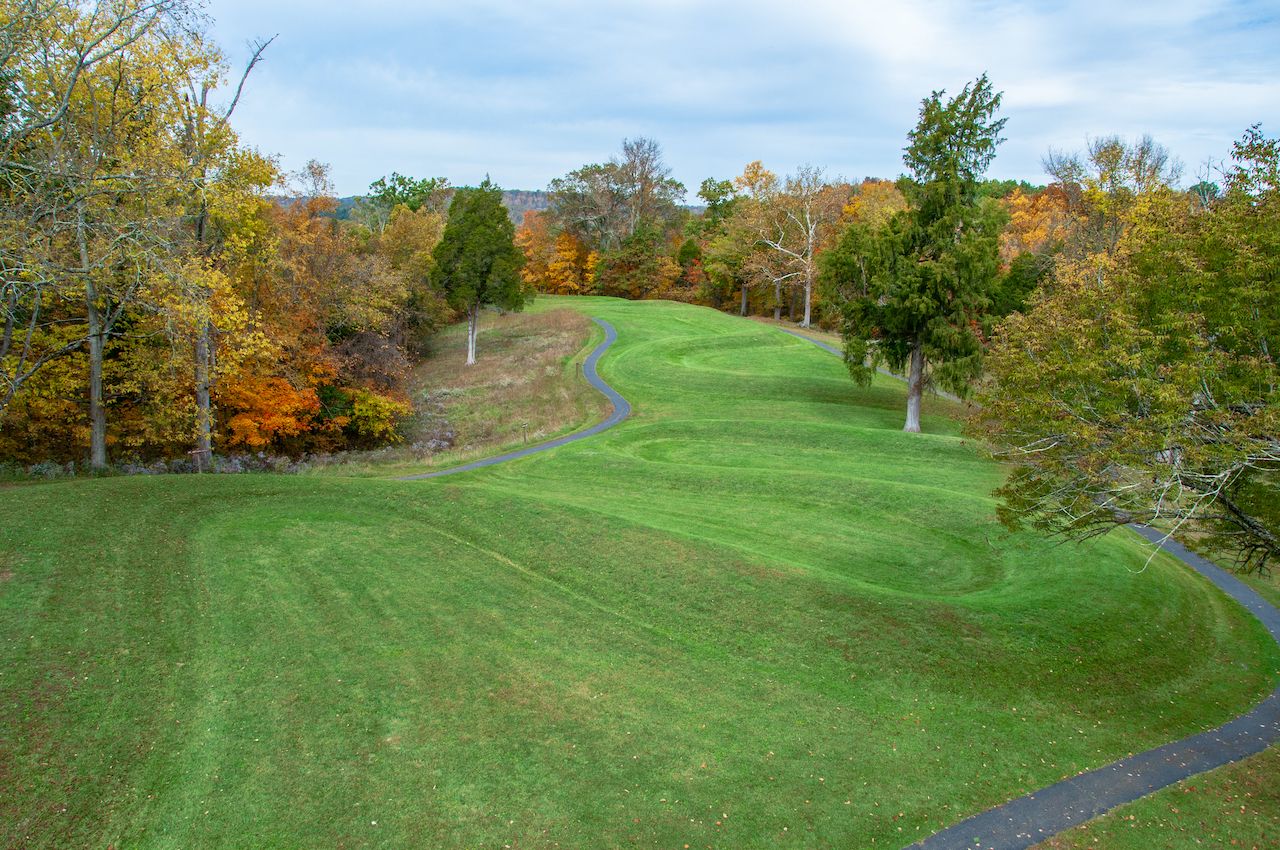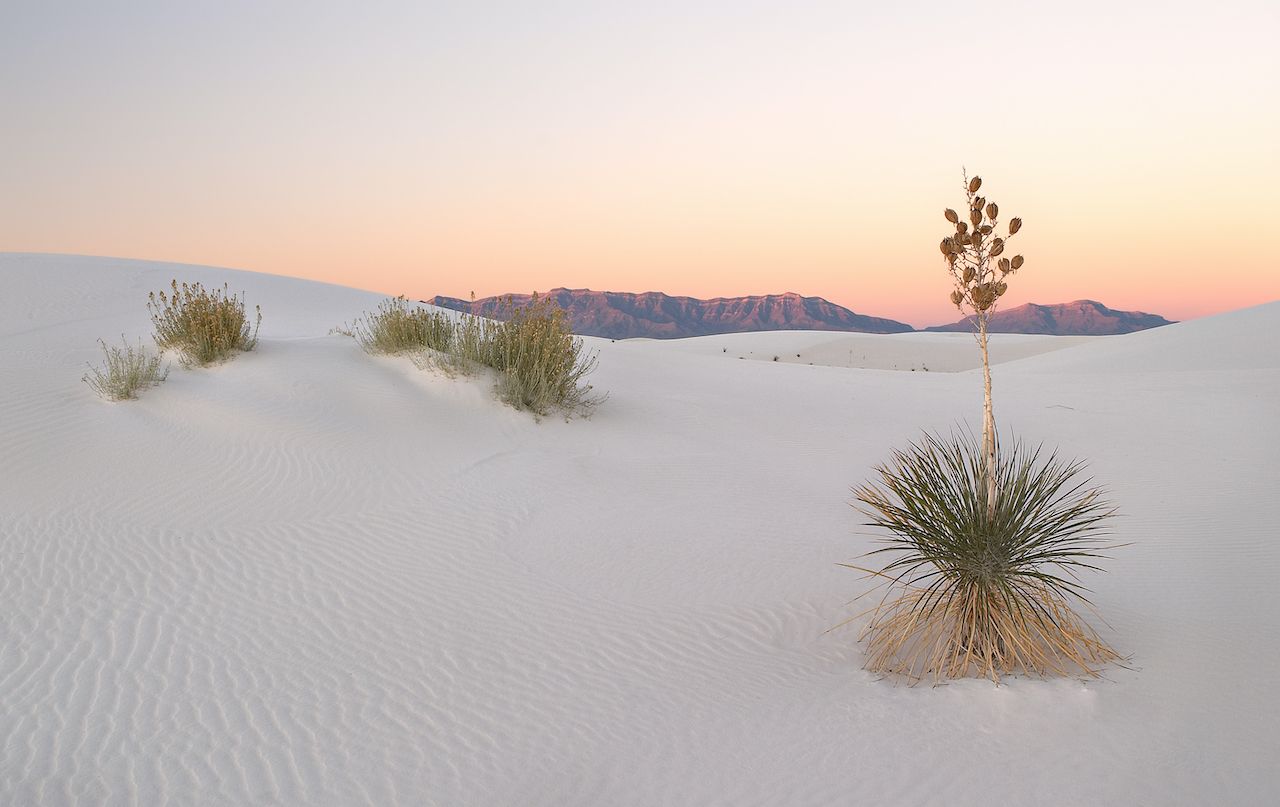It’s rarely surprising to learn that a major landmark has been designated a UNESCO World Heritage site. Pick a major city in any of the 167 state parties with listed landmarks, and you’ll almost certainly recognize at least one. After all, more than 1,000 sites of natural and cultural importance have already earned protected status across the globe. It’s a big world out there, however, with no shortage of UNESCO-worthy attractions, and it can be surprising to learn what hasn’t made the list. At least, not yet.
In an effort to keep the long list of global knockouts up to date, the organization invites state parties to send in lists of tentative sites of “outstanding universal value” for consideration before being officially nominated. Those interested can peruse the nearly 2,000 sites currently on the list to learn a little bit more about the world, see what’s in store for the organization, and, inevitably, get some travel inspiration. To pique your interest, these are the 19 US landmarks currently on the tentative UNESCO World Heritage List.
